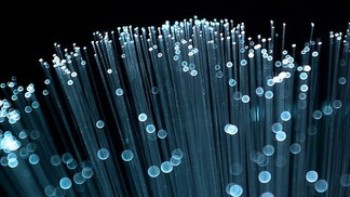A new innovation where single fiber-optic can illuminate computer screens has been formulated by L.E.S.S. (Light Efficient SystemS), EPFL’s new entity. It stimulates processors and also promotes up to 30% energy efficiency.
 Fiber Optics in Computer Screens To Save Energy
Fiber Optics in Computer Screens To Save Energy
The screen in laptop is made up of a variety of filters for colors. In addition, a source of white light has been incorporated beneath the frame. The LED enables 60% of the light to remain integrated within, leading to loss in efficiency. L.E.S.S. developed fiber optics that is capable of generating equivalent radiance and contrast with energy reduction up to a quarter.
The fiber-optic is primarily composed of glass and similar to a simple wire of many microns in diameter. A nanostructure enables the production of white light to provide uniform and efficient illumination for the screen. However, the challenges faced in relating this system to organic light-emitting diodes include the alteration in luminosity and consumption in accordance to the color. As the screen is basically made up of white color, it shows full tilt lighting and therefore shows triple times consumption than that of a backlit LED system. A laptop screen is permanently 70% white in color, supporting this innovation.
Researchers Yann Tissot and hisassociate, Simon Rivier developed this novel technology, contributing to a wide range of applications. Initially, it will serve to illuminate light elements used under a microscope, which will subsequently lead to extensive use in computers. Fiber-optics enables illumination of both small and large surfaces, while others support precision instruments used for medical and industrial purposes.